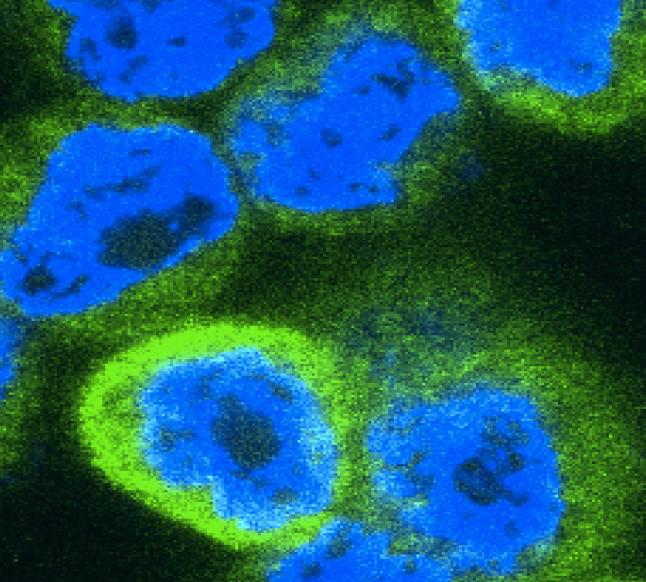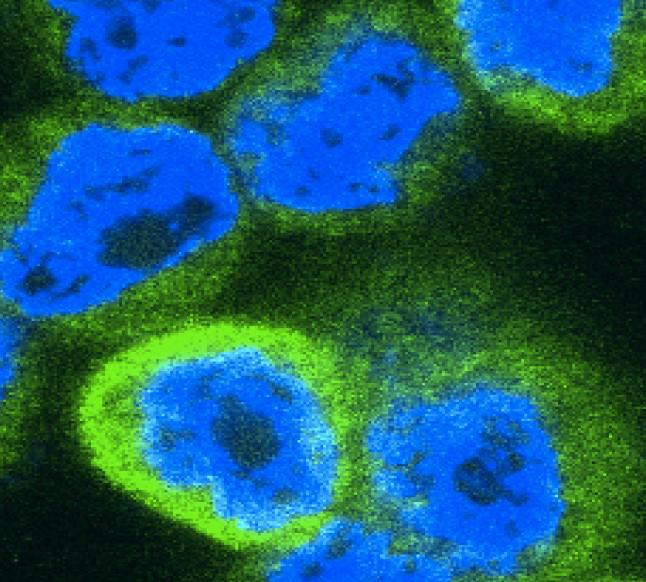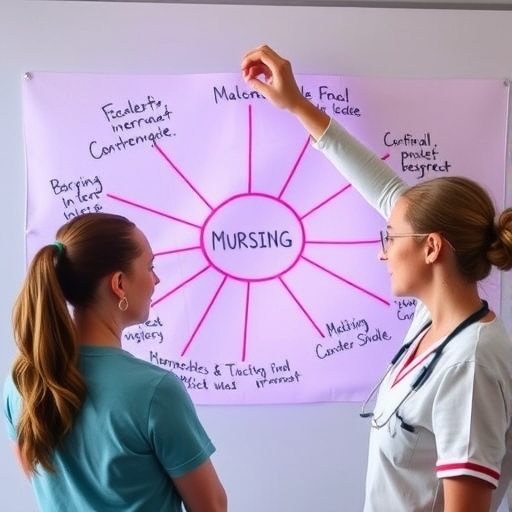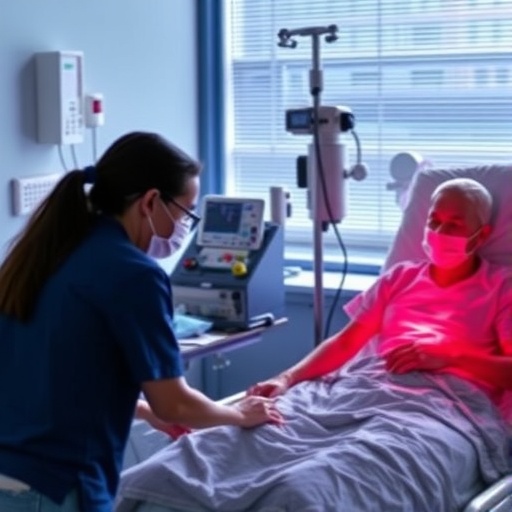
Credit: Dr Conor Henry and Professor Seamus Martin, Trinity College Dublin.
Scientists at Trinity College Dublin have discovered how certain cancers hijack the immune system for their benefit, tricking it into helping rather than harming them.
While most of us are aware that our immune system protects us from infection, we may be less aware of the key role that cells of the immune system also play in coordinating the repair of damaged tissue. This 'wound-healing' aspect of the immune response stimulates growth of new cells within damaged tissue and brings extra nutrients and oxygen into the injured tissue.
However, cancers frequently exploit the wound-healing side of the immune system for their own ends. Indeed, cancers have been described as 'wounds that do not heal' due to their ability to masquerade as damaged tissue in order to receive help from the immune system. But just how cancers switch on this wound-healing response is not well understood.
However, scientists from the Smurfit Institute of Genetics at Trinity College Dublin, led by Smurfit Professor of Medical Genetics, Seamus Martin, have just found that a molecule called TRAIL — which is frequently found in high concentrations on many cancers — can become 're-wired' in certain tumours to send an inflammatory 'wound-healing' signal.
Ironically, TRAIL normally delivers a signal for cells to die, but the Trinity scientists found that this molecule can also send a wound-healing message from tumour cells.
The research, conducted by Research Fellow at Trinity, Dr Conor Henry, has just been published in the internationally renowned journal, Molecular Cell.
Commenting on the findings, Professor Martin said: "Understanding how cancers turn on the wound-healing response has been mysterious, so we are very excited to find that certain cancers exploit TRAIL for that purpose."
"This suggests ways in which we can turn off this reaction in cancers that use TRAIL to hoodwink the immune system into helping rather than harming them."
###
Work in the Martin laboratory at Trinity College Dublin is supported by Science Foundation Ireland and Worldwide Cancer Research.
Media Contact
Thomas Deane
[email protected]
353-189-64685
@tcddublin
http://www.tcd.ie/
############
Story Source: Materials provided by Scienmag





